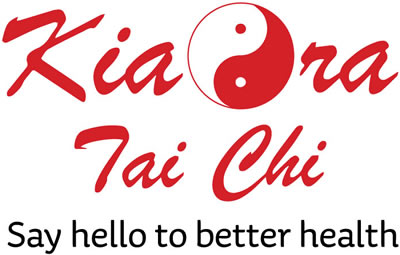 In the beginning, there was a supreme nothingness and then there was tai chi (supreme everything).
In the beginning, there was a supreme nothingness and then there was tai chi (supreme everything).
This legend is according to ancient Chinese philosophy, which includes Daoism (Taoism) and Confucianism. In the beginning, the universe was a supreme emptiness – called “Wuji” [English spelling of the Chinese characters]. The Chinese characters can mean infinite or ‘without a ridgepole’ (sort of like not having a geographic, magnetic nor a celestial pole). Wuji is like saying “without ultimate” or “the ultimate nothing”.
Then the Chinese equivalent of “The Big Bang” happened and Taiji (“supreme ultimate”) came into being. The literal translation of the Chinese characters for “Taiji” is “Great Pole”, words that can be used to describe the vastness of the universe. As well as “Taiji” the English spelling is often “Tai Chi”.
According to Wikipedia: The “supreme ultimate” creates yang and yin: movement generates yang; when its activity reaches its limit, it becomes tranquil. Through tranquillity, the supreme ultimate generates yin. When tranquillity has reached its limit, there is a return to movement. Movement and tranquillity, in alternation, become each the source of the other.
The first known written reference to tai chi appeared in the Book of Changes over 3,000 years ago during the Zhou Dynasty (1100-1221 BC). In this book it says that “in all changes exists Tai Chi, which causes the two opposites in everything.”
The martial arts form of tai chi is called [in English] Tai Chi Chuan (also known as Taijiquan). The Chuan part means ‘boxing’ or ‘shadow boxing’. Combined, the phrase means “supreme everything boxing”, and includes a Chinese meditation system, health practice and internal martial art. All of this is included in the abbreviated term “tai chi”.
While tai chi has its origins in the mists of time, the formalised, martial arts tai chi forms were created in the late 1600s. The first of these was Chen style. Several variants of the Chen-style form have evolved over the centuries and are taught in many countries in the world.
Read more about the origins and styles of tai chi from Dr Paul Lam: History of Tai Chi
